1. Katherine Johnson: The NASA Mathematician Who Helped Launch the Space Age

Katherine Johnson’s story is one of quiet brilliance that changed the course of history. Born in 1918, she had an extraordinary talent for numbers from a young age, but as a Black woman in the segregated South, opportunities were scarce. That didn’t stop her. She attended high school at just 10 years old and graduated from college by 18. Her passion for math led her to NASA, where she worked as a “human computer,” calculating complex flight trajectories by hand. Her work was so precise that astronaut John Glenn personally requested her to verify the numbers before his historic 1962 orbit around Earth. In a field dominated by white men, she had to fight for a seat at the table, often being excluded from meetings. But she persisted, and her calculations helped send the first Americans to space and, eventually, to the Moon says Biography.
Despite her critical role, Johnson’s contributions were largely overlooked until decades later. She continued working at NASA for 33 years, mentoring young scientists and shaping space exploration. Her legacy was finally recognized in 2015 when she received the Presidential Medal of Freedom. She also inspired the book and movie Hidden Figures, which shed light on her and other Black women at NASA. Her story isn’t just about math—it’s about resilience, breaking down barriers, and proving that brilliance knows no color. She once said, “We will always have STEM with us. Some things will drop out of the public eye and go away, but there will always be science, engineering, and technology.” Her work ensured that space exploration would never be the same. Even in her later years, she remained an advocate for education, encouraging young people to pursue their dreams. Johnson passed away in 2020 at the age of 101, but her impact will be felt for generations.
2. George Washington Carver: The Agricultural Scientist Who Revolutionized Farming
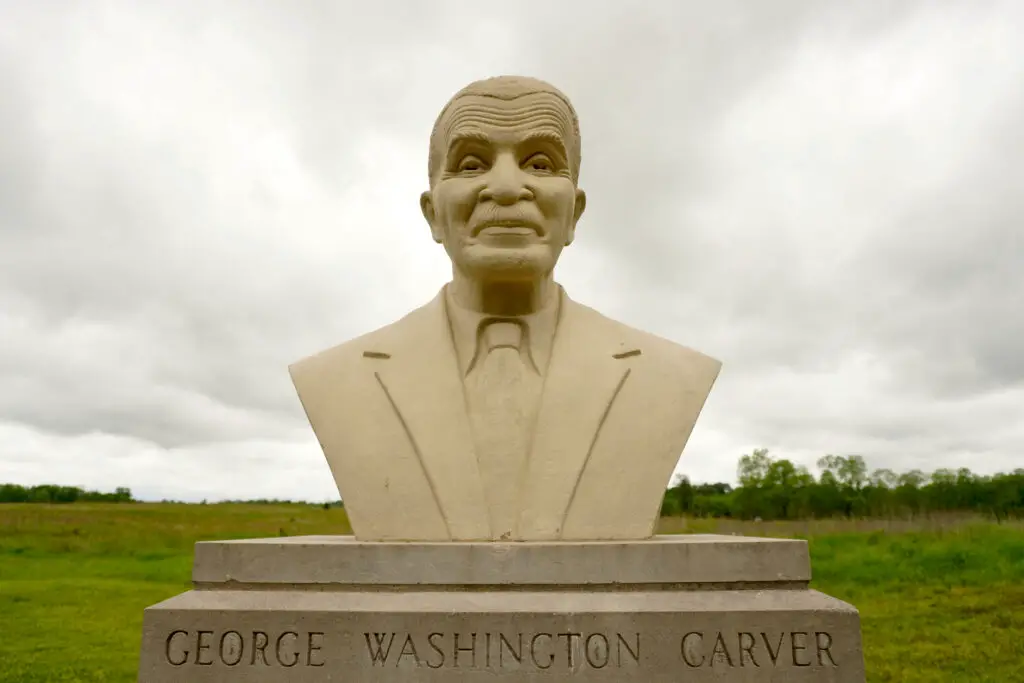
George Washington Carver was born into slavery during the Civil War, but he refused to let his beginnings define his future. Orphaned as a child, he had a deep curiosity about plants and nature, which led him to pursue an education against all odds. He was rejected from college because of his race, but he kept pushing forward, eventually earning a degree in agricultural science. His research at Tuskegee Institute focused on helping Black farmers improve their soil and crop yields, moving beyond a reliance on cotton. Contrary to popular belief, he didn’t invent peanut butter, but he did develop over 300 uses for peanuts, from paints to fuels. His work with sweet potatoes and crop rotation helped restore soil health, benefiting farmers of all backgrounds explains WOODTV.com.
Carver’s genius wasn’t just in science but in his ability to inspire and uplift others. He turned down lucrative job offers to continue teaching and helping struggling communities. He believed education was the key to economic freedom for African Americans, often saying, “It is not the style of clothes one wears, neither the kind of automobile one drives, nor the amount of money one has in the bank that counts. These mean nothing. It is simply service that measures success.” Even President Theodore Roosevelt sought his advice on agriculture. Despite facing racism throughout his life, he remained humble and dedicated to his work. His efforts earned him national recognition, and he even testified before Congress. Today, his contributions to agriculture still benefit farmers around the world. His story reminds us that determination and innovation can change lives, no matter where you start.
3. Alice Augusta Ball: The Chemist Who Found a Cure for Leprosy
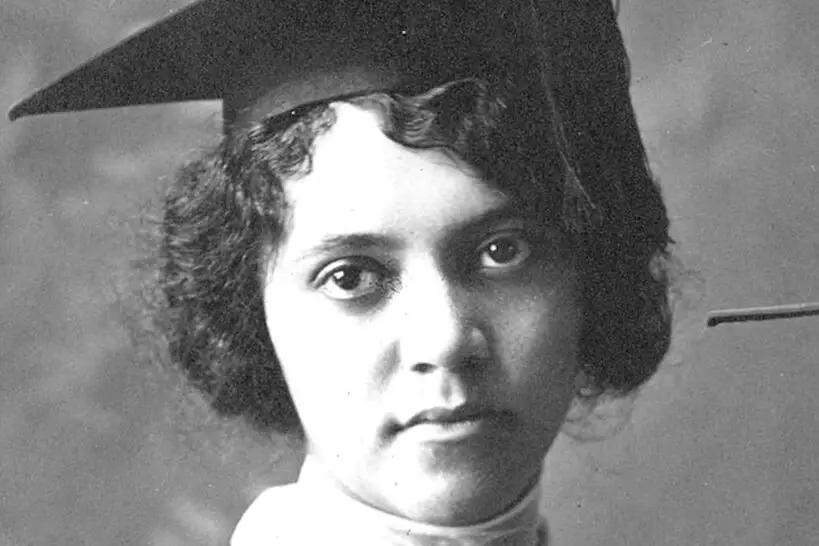
Alice Augusta Ball was a brilliant young chemist whose work changed medicine forever, even though history almost erased her name. Born in 1892, she grew up in Seattle at a time when Black women were rarely encouraged to pursue science. But Ball had an insatiable curiosity and a gift for chemistry. She became the first Black woman to earn a master’s degree in chemistry from the University of Hawaii and was quickly hired as a professor. At just 23 years old, she tackled one of the biggest medical challenges of her time—finding a treatment for leprosy, a disease that left patients exiled and without hope adds Spectrum News.
Through meticulous research, Ball discovered a way to make chaulmoogra oil—the only known leprosy treatment at the time—injectable and effective. Her method, known as the “Ball Method,” became the first real cure for leprosy, allowing patients to be treated and reintegrated into society. Tragically, she died at just 24, before seeing the full impact of her work. Adding insult to injury, a male colleague took credit for her discovery for years. It wasn’t until decades later that her contributions were recognized. Today, her legacy is honored in medical history, and her story is a powerful reminder that true brilliance can never be silenced.
4. Ernest Everett Just: The Marine Biologist Who Pioneered Cell Research
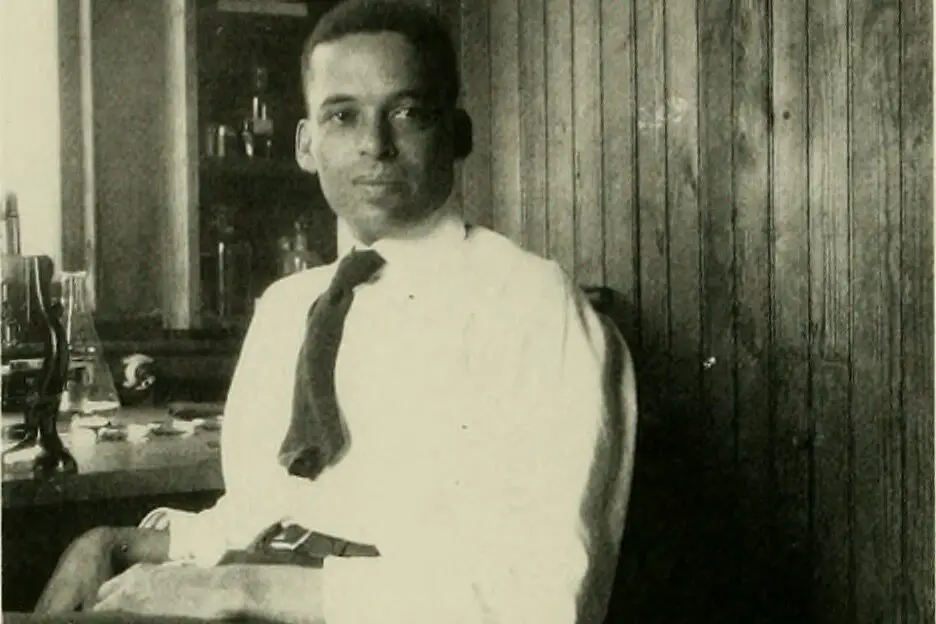
Ernest Everett Just had a mind that saw the unseen. Born in 1883, he grew up in South Carolina and showed early promise as a scholar. He attended Dartmouth College, where he was often the only Black student in his classes, but that didn’t stop him from excelling. His work in marine biology and cell development was ahead of its time, focusing on how cells divide and develop. He discovered key insights about egg fertilization and how environmental factors affect cells. His research was so advanced that some of his theories weren’t fully appreciated until decades later says Blackpast.
Despite his brilliance, racism in the U.S. forced him to seek better opportunities abroad. He spent much of his later career in Europe, where he collaborated with top scientists who recognized his genius. He published over 70 scientific papers and a book that remains influential in biology. Even as he faced discrimination, he never stopped pushing boundaries. He believed deeply in the power of education, once saying, “We must have perseverance and above all confidence in ourselves.” His work continues to influence modern cell biology, proving that talent transcends barriers.
5. Gladys West: The Mathematician Behind GPS
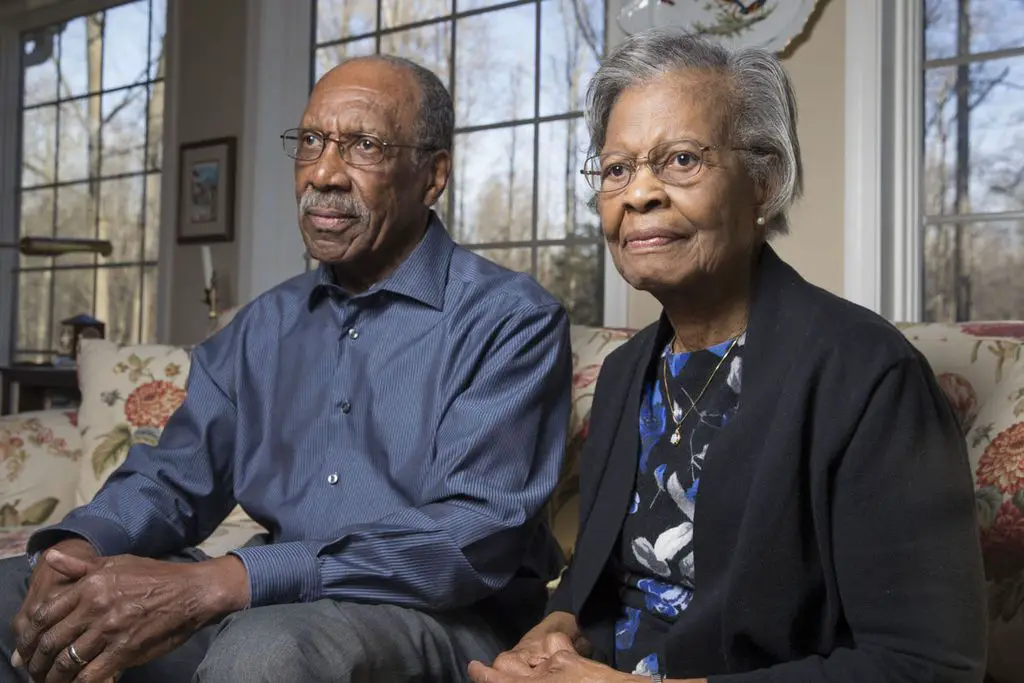
Gladys West’s calculations helped create something we all rely on today—GPS. Born in 1930 in rural Virginia, she grew up in a farming community but knew education was her path to a better life. She earned degrees in mathematics and was hired by the U.S. Navy, where she worked on satellite data analysis. Her work in geodesy—studying Earth’s shape—was crucial in developing the Global Positioning System. Though her contributions went unnoticed for years, her impact is now undeniable.
Even as a Black woman in a male-dominated field, she made breakthroughs that changed navigation forever. Her calculations helped map the precise shape of Earth, improving everything from military operations to everyday phone apps. She remained humble about her work, only gaining recognition decades later. In 2018, she was inducted into the Air Force Hall of Fame, finally receiving the credit she deserved. West’s story is a reminder that quiet perseverance can lead to world-changing innovations. She proved that behind every great technology is a brilliant mind, often working in the shadows.
6. Percy Julian: The Chemist Who Made Medicine More Affordable
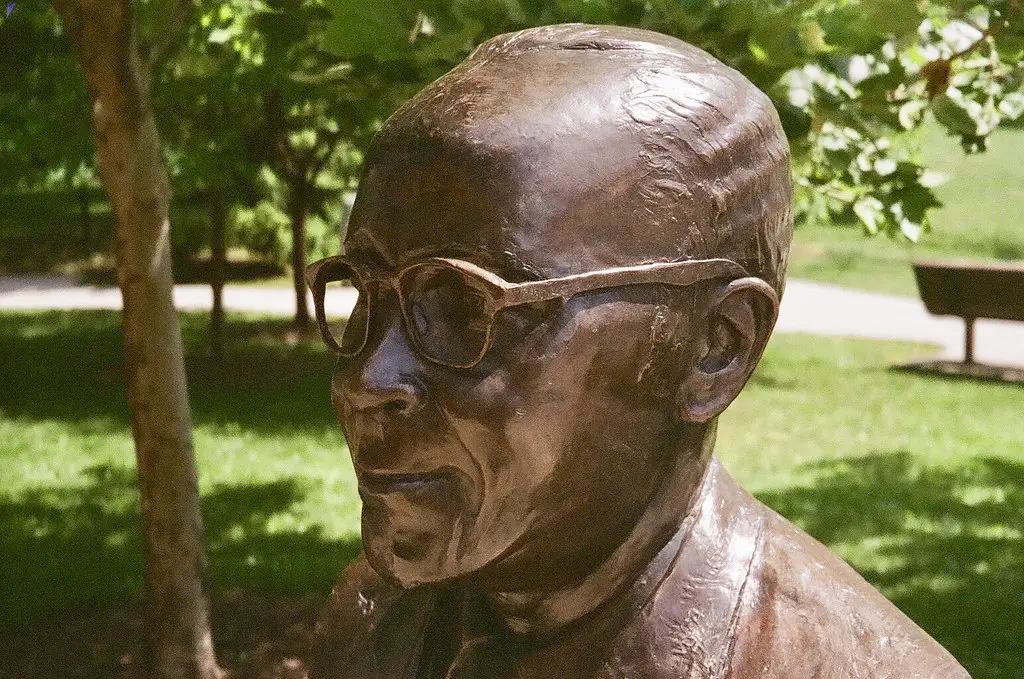
Percy Julian’s scientific breakthroughs didn’t just change chemistry—they saved lives. Born in 1899 in Alabama, he faced extreme racial barriers but never let them define him. Despite being denied entry into high school due to segregation, he pursued his education relentlessly, eventually earning a Ph.D. in chemistry. His research focused on synthesizing medicinal compounds from plants, leading to the affordable production of cortisone, steroids, and birth control pills. Before his work, these treatments were expensive and difficult to obtain, but Julian’s innovations made them accessible to millions.
Even as he made groundbreaking discoveries, he faced constant discrimination. He was denied academic positions simply because he was Black, and when he finally became a lead chemist, his home was firebombed by white supremacists. But he refused to back down. Instead, he founded his own research company, creating life-changing drugs at a lower cost. His contributions to synthetic chemistry revolutionized medicine, and he became one of the first Black millionaires in science. Today, his work continues to impact pharmaceuticals, proving that science should serve humanity, not just profit.
7. Jewel Plummer Cobb: The Biologist Who Fought for Diversity in Science
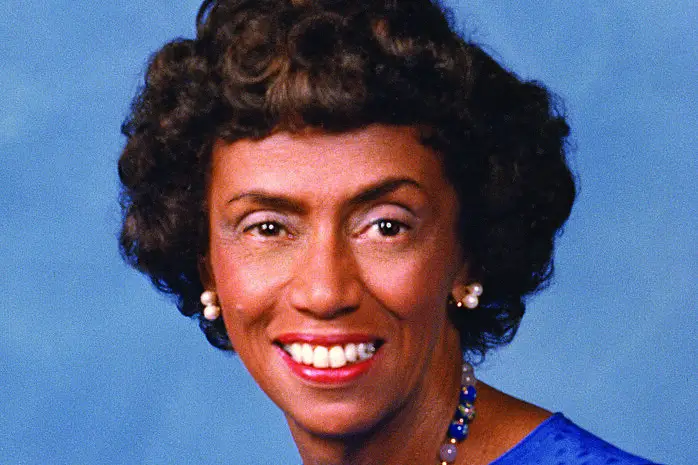
Jewel Plummer Cobb wasn’t just a scientist—she was a relentless advocate for representation in STEM. Born in 1924, she grew up in a family that valued education, but she quickly realized that being a Black woman in science meant constantly proving herself. She earned her Ph.D. in cell biology, focusing on skin cancer research, and made groundbreaking discoveries on how melanin protects against UV damage. Her work on chemotherapy drugs helped improve cancer treatments, but despite her brilliance, she faced discrimination throughout her career.
Instead of letting obstacles stop her, Cobb used her position to fight for change. As a researcher, professor, and later a college president, she worked to create more opportunities for women and minorities in science. She firmly believed that talent was being overlooked due to racism and sexism, and she made it her mission to change that. Thanks to her efforts, countless students received scholarships and support to enter STEM fields. Her legacy isn’t just in her research—it’s in the doors she opened for future generations. Cobb proved that science isn’t just about discovery; it’s about making sure everyone has a seat at the table.
8. Shirley Ann Jackson: The Physicist Who Helped Shape Modern Telecommunications
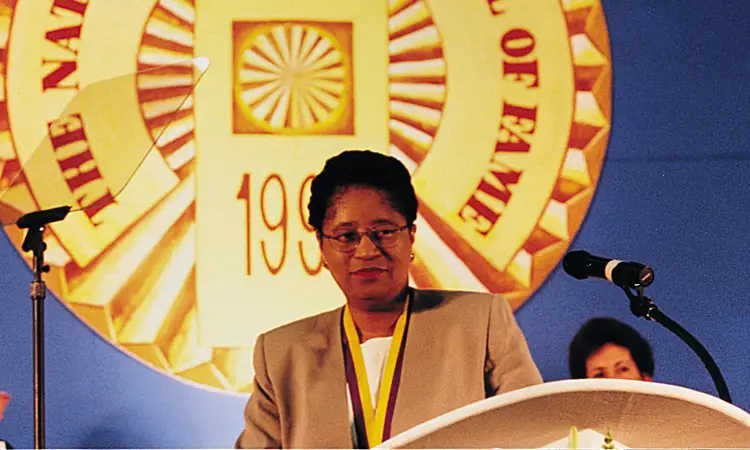
Shirley Ann Jackson’s work has likely impacted your life without you even knowing it. Born in 1946, she became the first Black woman to earn a Ph.D. in physics from MIT. Her research in theoretical physics contributed to advancements in fiber-optic cables, caller ID, and touch-tone phones—technologies we use daily. She didn’t just break barriers in science; she redefined them. Working at Bell Labs, she made critical discoveries that shaped modern communication.
Even as she excelled in her field, she faced immense discrimination. But Jackson remained focused, later becoming the president of Rensselaer Polytechnic Institute, where she mentored the next generation of scientists. Her influence extended beyond the lab—she advised U.S. presidents on science and technology policies. Without her work, much of our digital world wouldn’t exist as it does today. She proved that innovation isn’t just about discovery; it’s about persistence, representation, and leaving a legacy for those who follow.
